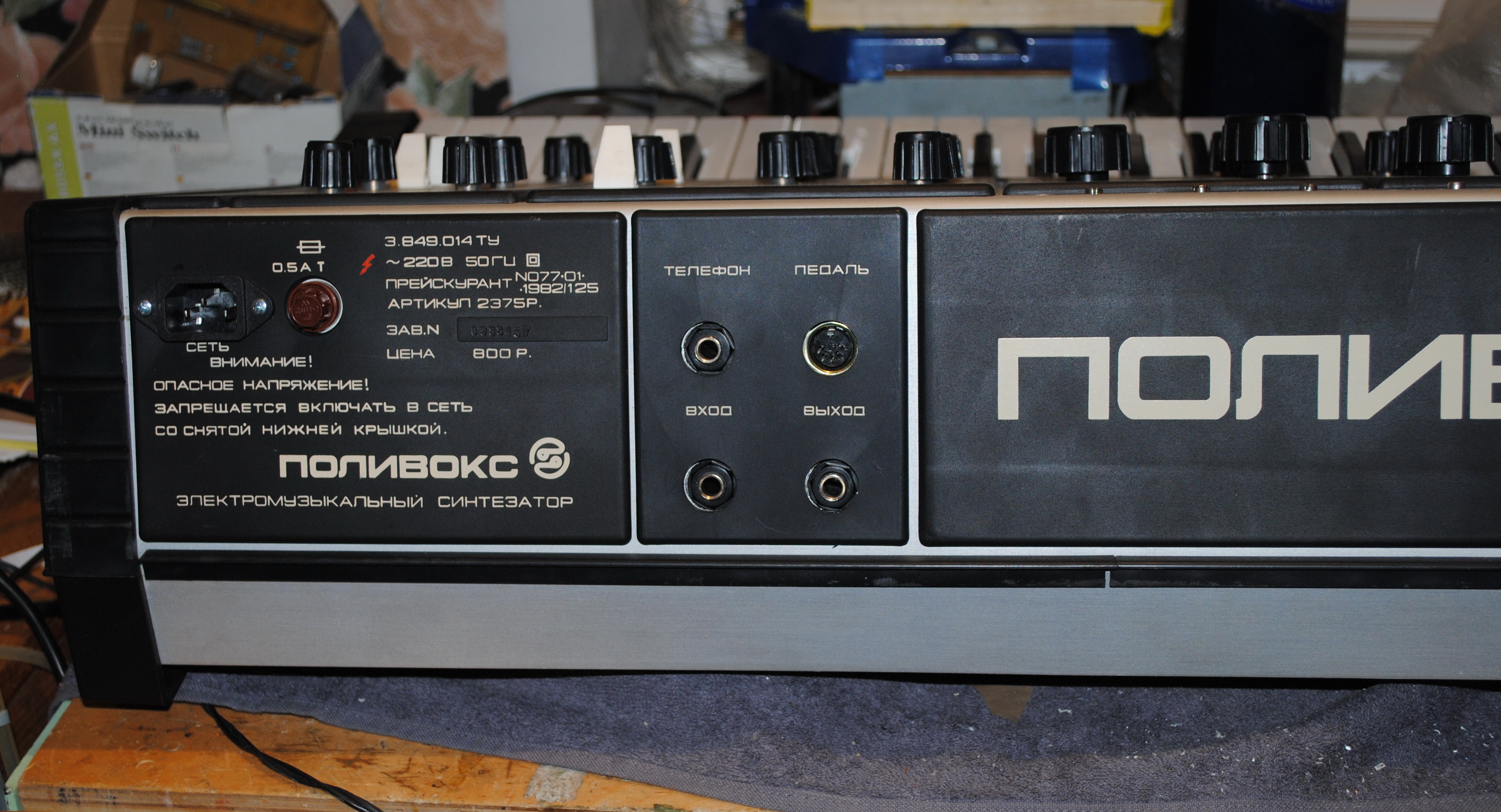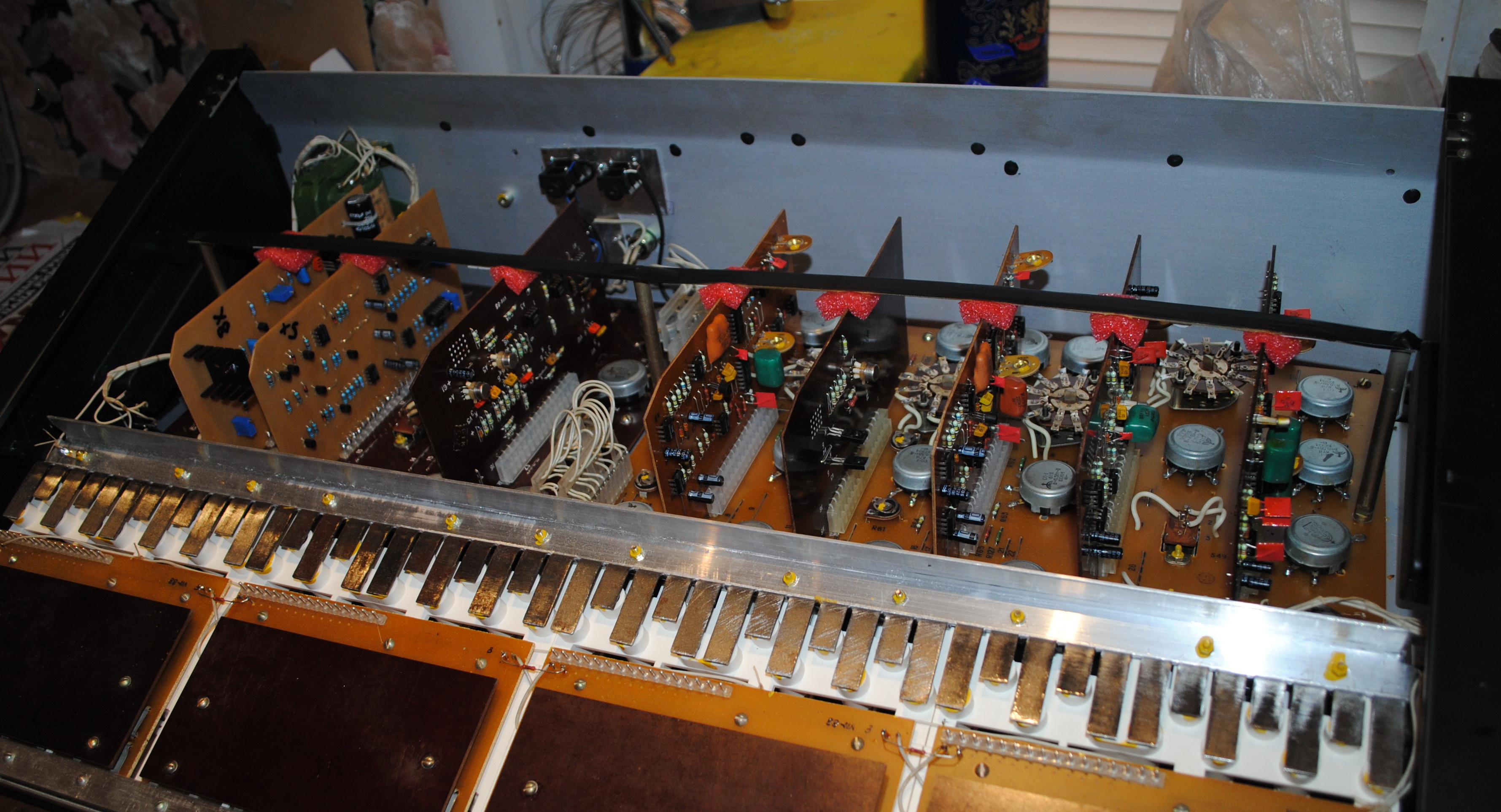I have some plastic front panels that are mounted to the main aluminum body via plastic pins that are melted and formed into a “mushroom” shaped blob at the opposite side of the aluminum panel.
I wonder if there’s any way to restore these pins and remove the plastic front panel. The plastic panel needs to be reinstalled once the work on the underside aluminum body is finished.
Currently, I heat the pins with a gun and carefully pull the panel so that the pins are reformed back by the hole in the aluminum backing. But this process is very finicky and has a high risk of melting some parts of the plastic panel.
Any other methods? I’d rather not drill plastic and install screws (which is obviously the easiest way to deal with this).
I wonder if there’s any way to restore these pins and remove the plastic front panel. The plastic panel needs to be reinstalled once the work on the underside aluminum body is finished.
Currently, I heat the pins with a gun and carefully pull the panel so that the pins are reformed back by the hole in the aluminum backing. But this process is very finicky and has a high risk of melting some parts of the plastic panel.
Any other methods? I’d rather not drill plastic and install screws (which is obviously the easiest way to deal with this).






